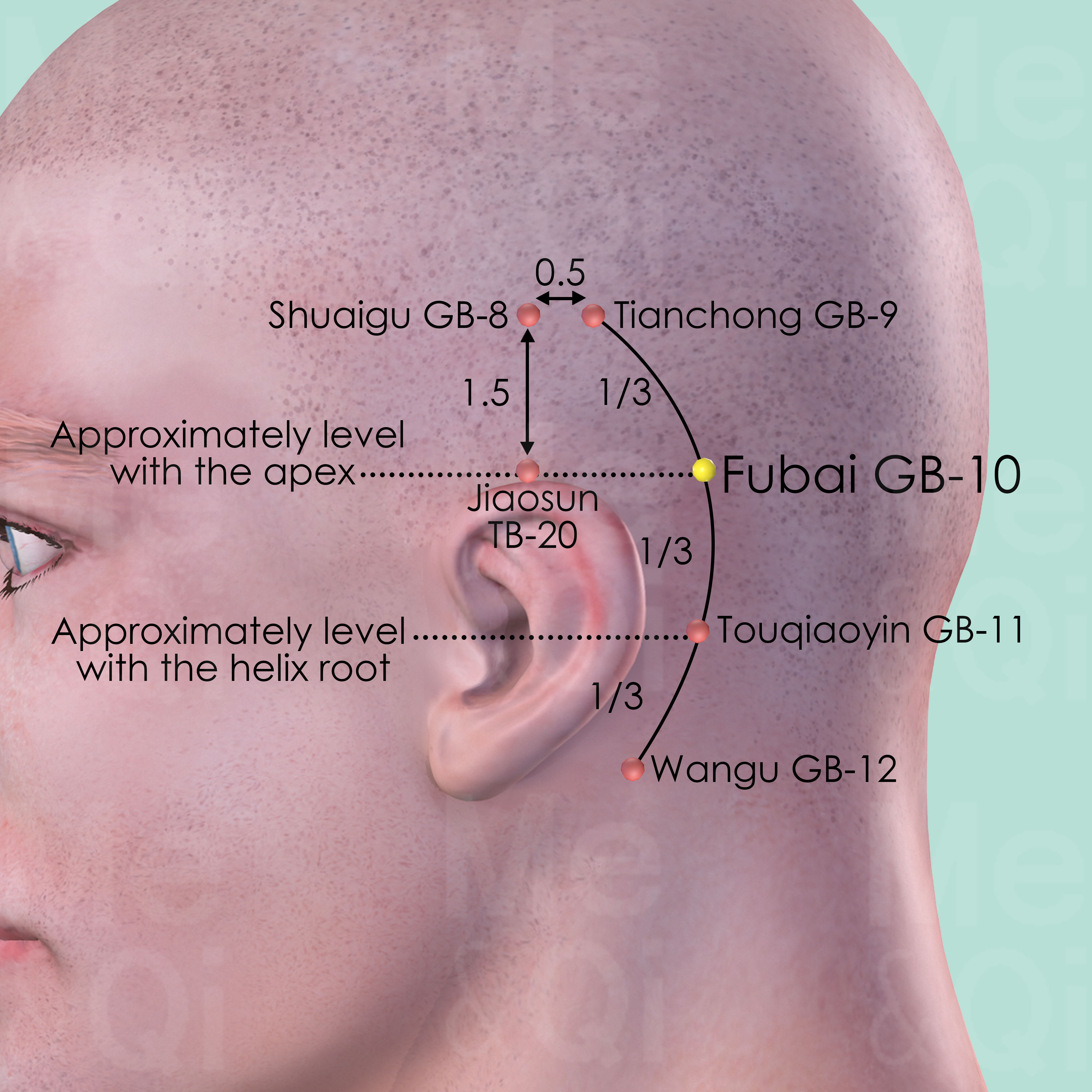Flaccidityaccording to TCM
Symptom family: Muscle Pain, Disorders and Symptoms
What is Flaccidity?
Flaccidity, often referred to as flaccid muscles, describes a condition characterized by weakness and loss of muscle tone. It manifests as a lack of firmness or stiffness in the muscles, leading to decreased strength and control over movement. Flaccidity can affect various parts of the body, including the limbs, face, or trunk. This condition can result from neurological disorders, muscular diseases, or injuries that disrupt the signals between the brain and muscles, leading to diminished muscle function and coordination.
How Does TCM View Flaccidity?
In Traditional Chinese Medicine (TCM), flaccidity is understood as a manifestation of imbalances in the body's Qi, Blood, and organ systems. Unlike Western medicine, which may attribute flaccidity to neurological or muscular disorders, TCM views it as a sign of underlying disharmony in the body's energetic pathways.
According to TCM principles, addressing the root cause of flaccidity involves identifying the specific pattern of disharmony, such as Qi Deficiency or Blood Stagnation, and restoring balance to the body's internal environment through acupuncture, herbal medicine, and other therapeutic modalities.
Acupoints for Flaccidity
TCM practitioners often use acupuncture to treat flaccidity by stimulating specific acupoints to regulate the flow of Qi and Blood in the body. Recommended acupoints for flaccidity include Fubai (GB-10) in the Gall Bladder Channel. Located posterior and superior to the mastoid process, Fubai helps remove obstructions from the Channel, subdues Rebellious Qi, and clears Heat in the head and neck region. By targeting these acupoints, TCM aims to restore balance and vitality to the affected muscles, promoting strength and functionality.
See more details below about Fubai GB-10, an acupoint used to address flaccidity.
- By Meridian
- Gall Bladder Channel

Fubai GB-10
Posterior and superior to the mastoid process, at the junction of the upper third and the two lower thirds of the curved line connecting Tianchong GB-9 and Wangu GB-12.
